Did you know that seeds are found inside a number of vegetables?
Some vegetables are seedless, while others have seeds. This means that some vegetables will not make new plants unless you plant them. But why do some vegetables have seeds and others don’t?
When you look at the differences between fruits and vegetables, the main difference is usually said that fruits have seeds and vegetables don’t have seeds. So how is it possible that there are seeded vegetables?
I’ll explain how vegetables can have seeds, why some vegetables have seeds and some don’t. Then I’ll tell you which vegetables have seeds.
Do Vegetables Have Seeds?
Yes, some vegetables have seeds and some vegetables don’t. The reason vegetables are not thought of to have seeds is due to the botanical definitions of fruits and vegetables.
Botanically, fruits are defined as containing seeds and vegetables contain other parts of the plant, like the leaves, roots, and stems. By botanical definition, then only fruits have seeds.
But when the culinary definitions are considered, then you have plants that are both fruits and vegetables. Fruits with seeds can also be vegetables because of their use by culinary definition.
Vegetables can be grown from seeds or they can be grown from the stem or root of another plant. Some vegetables don’t have seeds in them at all. Others have seeds, but they aren’t always necessary for growth. For example, you can grow carrots from the stem of a carrot plant, but they don’t have seeds.
There are also exceptions to the definition that all fruits have seeds, like bananas and pineapples. Most fruits that don’t contain seeds are hybrid man-made fruits. They were selectively bred because they’d be more popular to sell in grocery stores.
What Vegetables have Seeds?
These are the common vegetables that you may or may not know actually contain seeds.
1. Beans
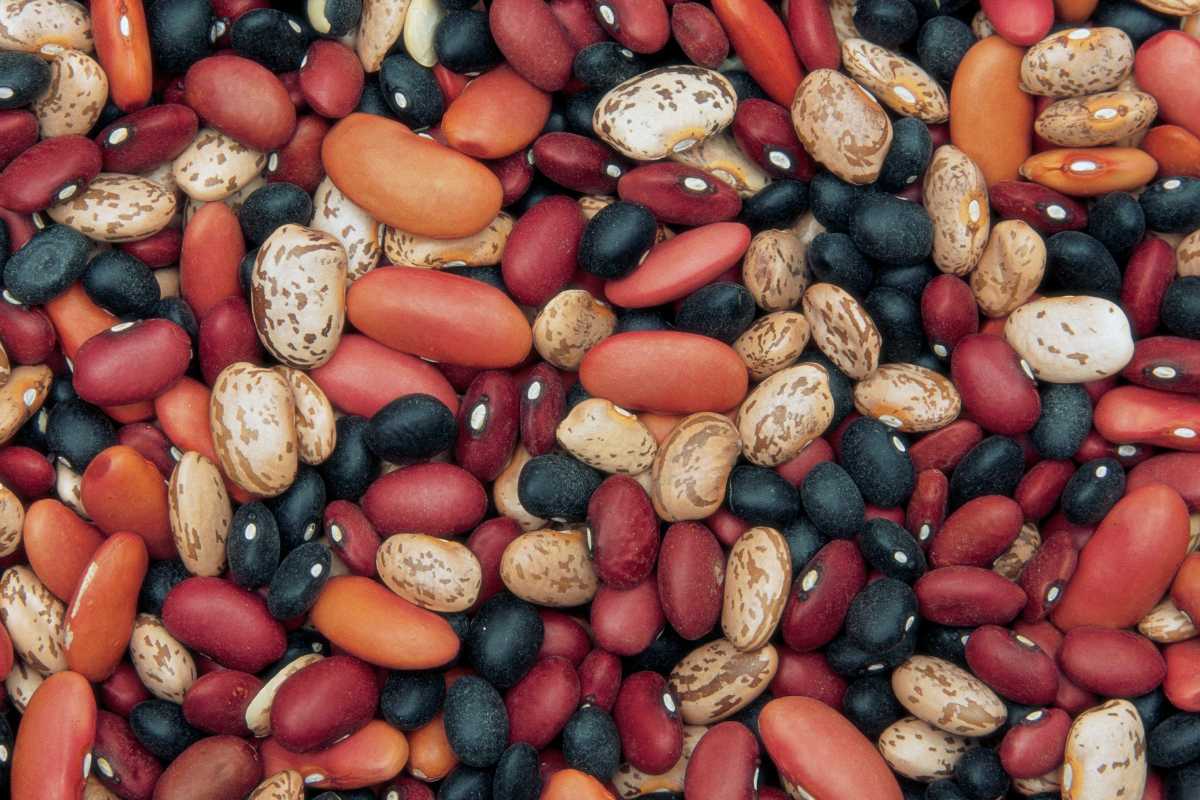
Beans are from the legume family. They grow in pods filled with many seeds, and they come in a number of different colors like brown, green, and purple.
Beans are a staple of many households. They’re inexpensive and easy to cook with. You can eat them plain, or you can put spices on them. They can be eaten alone or added to salads and soups.
2. Beets
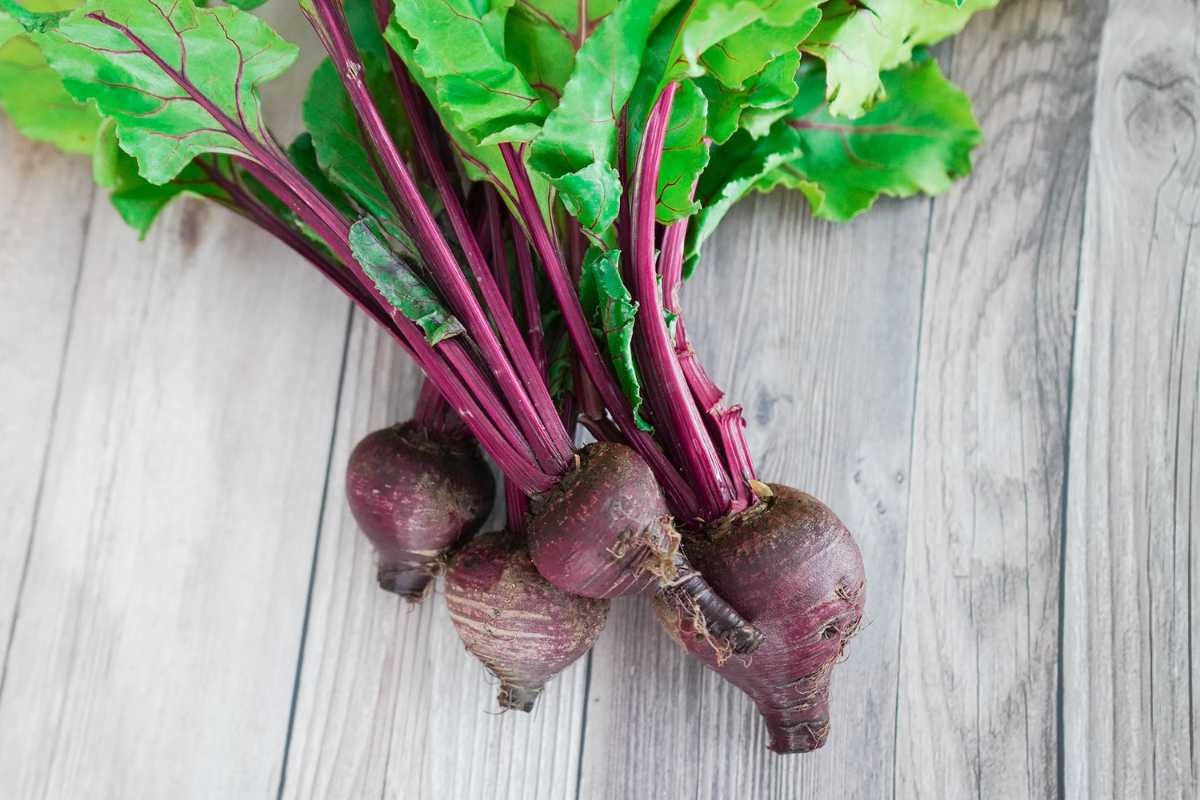
Beets were first cultivated around 5,000 years ago in China. They are a root vegetable that contains seeds inside of its stem. They have a sweet flavor. They also come in different colors like purple, red, and white.
3. Carrots
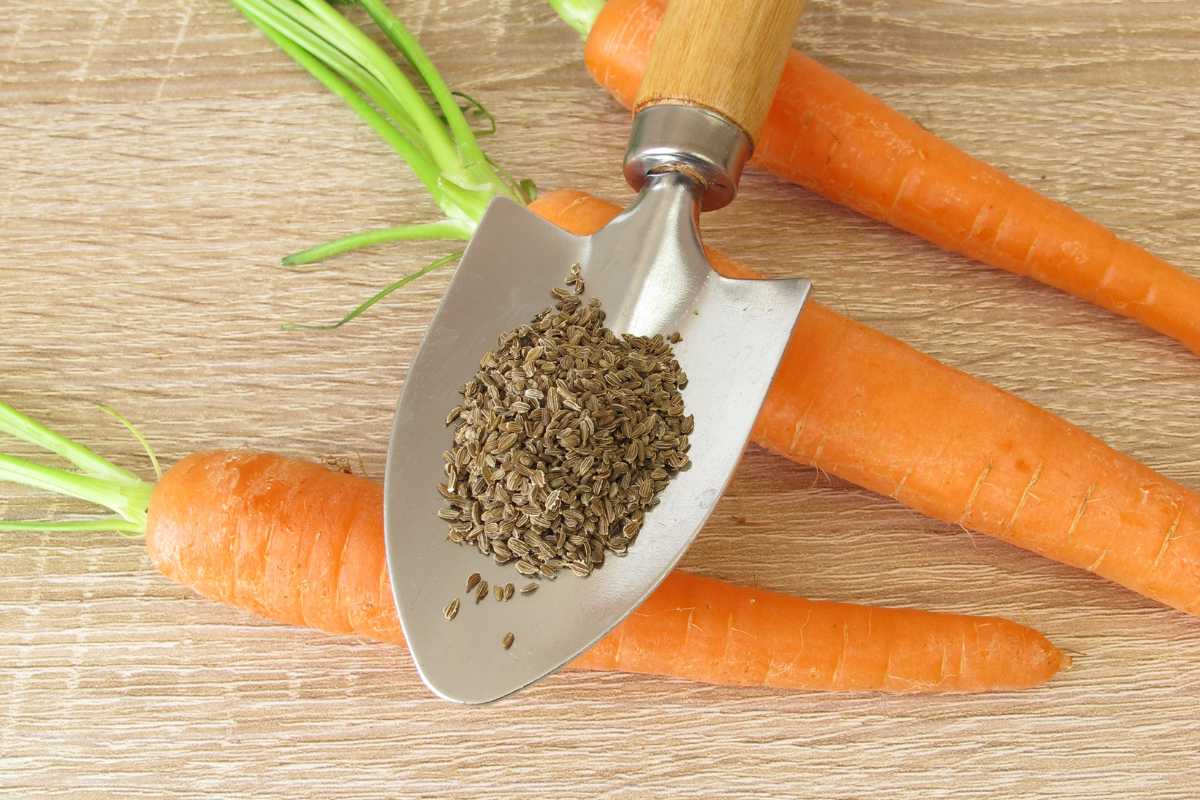
Carrots are one of the most well known vegetables. They are orange in color, and they grow in long thin stalks. Carrot plants will flower and produce seeds at the top of the carrot. They are a member of the Apiaceae (carrot) family. Carrots are used in cooking and baking. They can be eaten raw or cooked. They can be eaten whole or cut into pieces.
4. Cauliflower
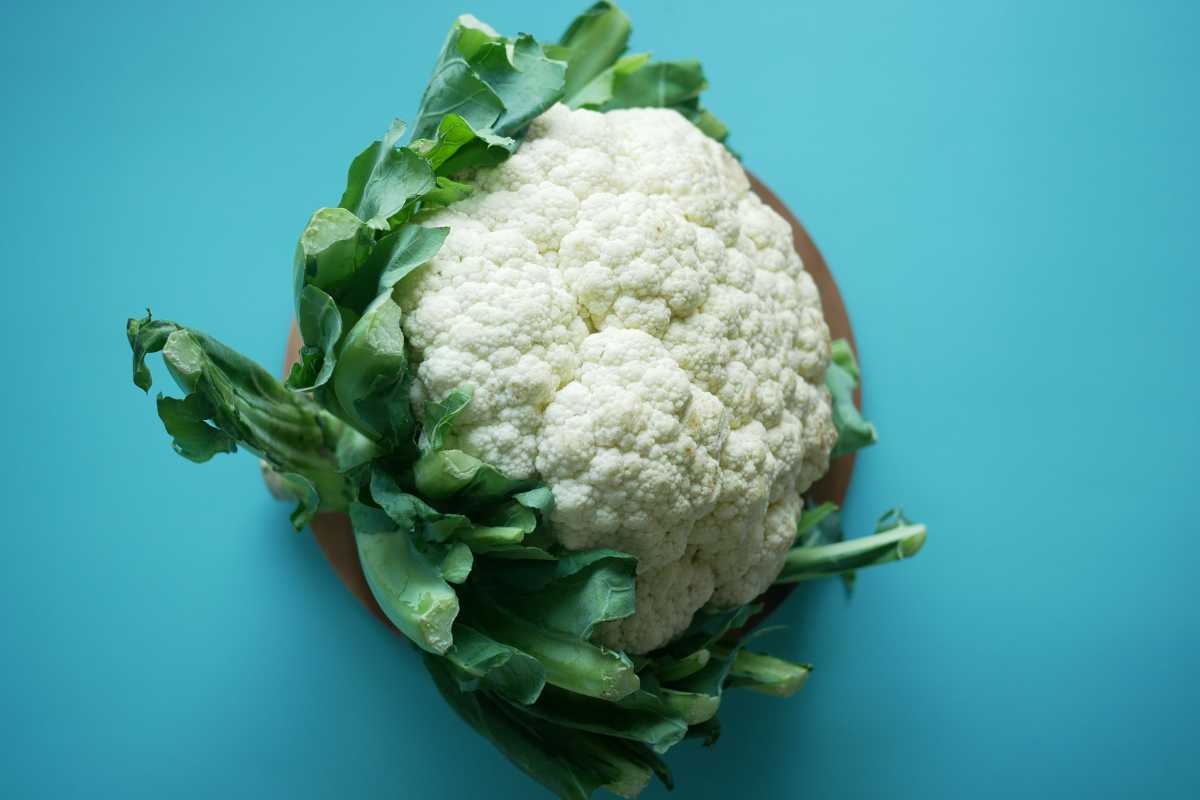
Cauliflower is a member of the cabbage family. It has a head made up of small curds. Inside the cauliflower there’s a seed called a floret. This seed is edible. If you want to get rid of this seed, you can boil it. It tastes similar to broccoli.
5. Cucumbers
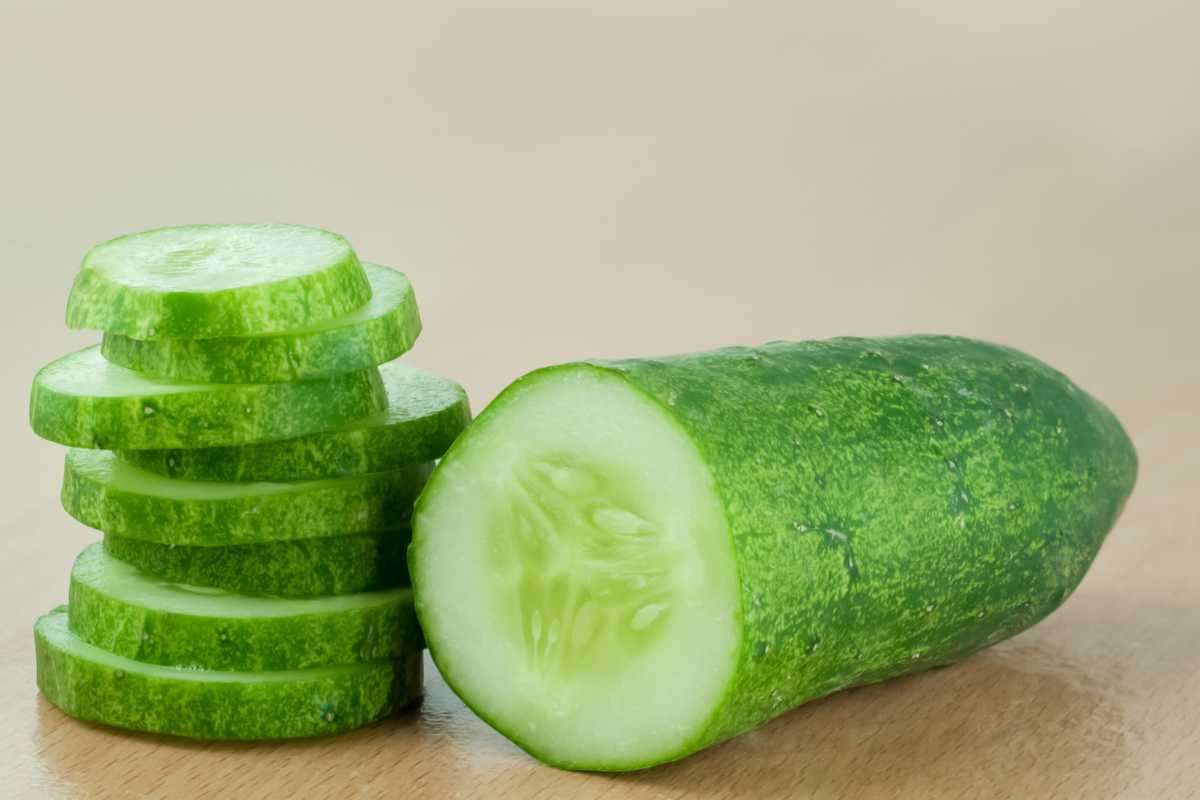
Cucumbers belong to the gourd family. They have thick skin and a hard rind. Inside the cucumber there’s a seed called an aril. This seed is edible, so if you want to remove it, you can boil it or peel it off.
6. Eggplant
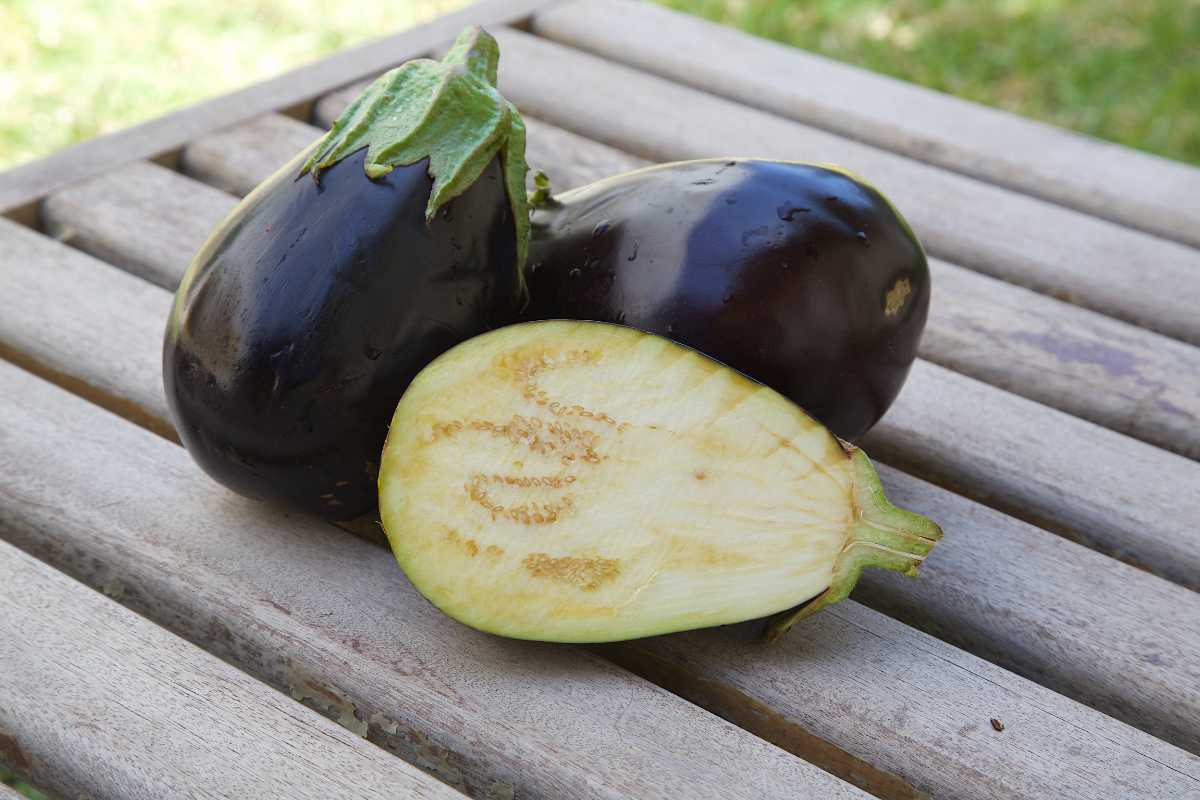
Eggplants are members of the nightshade family. They have fleshy dark colored fruit. Inside the eggplant there’s a seed called the aril. This seed is edible, so you won’t need to worry about removing it.
- Related article: Is Eggplant Fruit or Vegetable?
7. Garlic
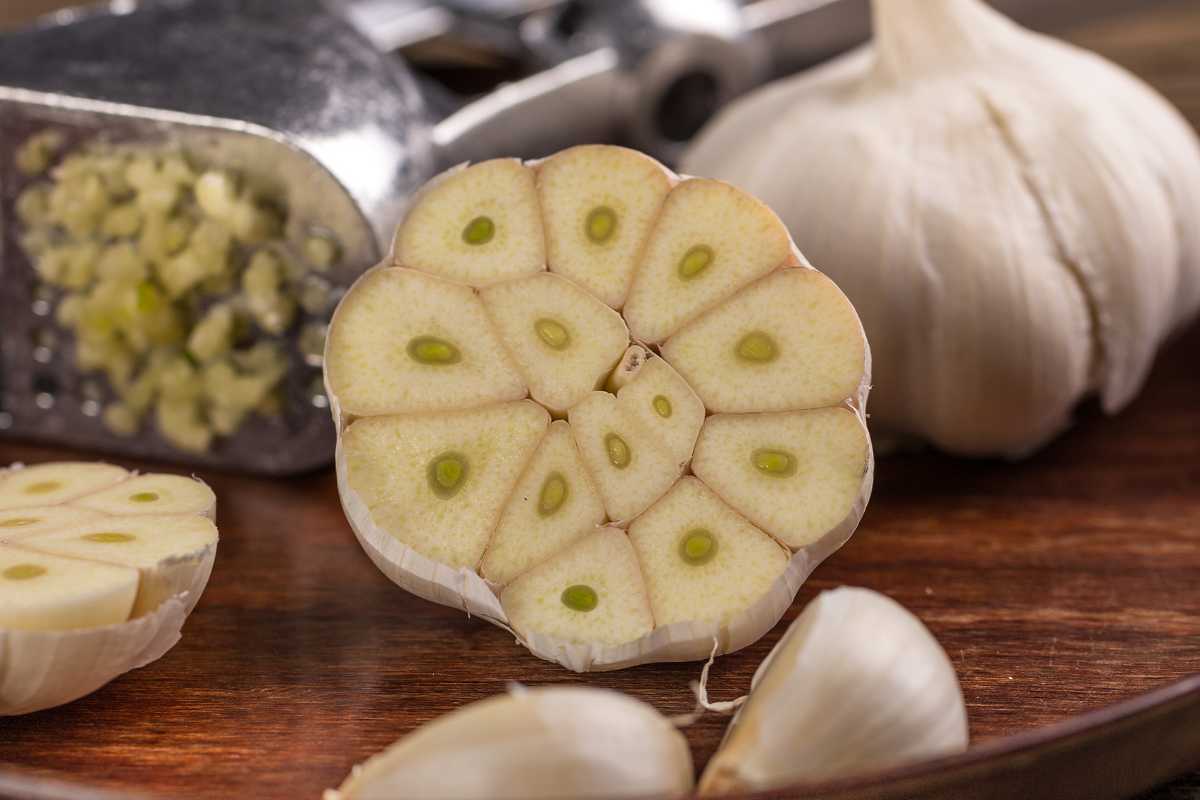
Garlic belongs to the lily family. It grows in a bulb shape. The cloves inside of garlic are what make it taste good. There’s a seed inside each clove. These seeds are edible. To remove them, just chop the garlic and squeeze out the juice. Then you can throw away the seeds.
8. Lettuce
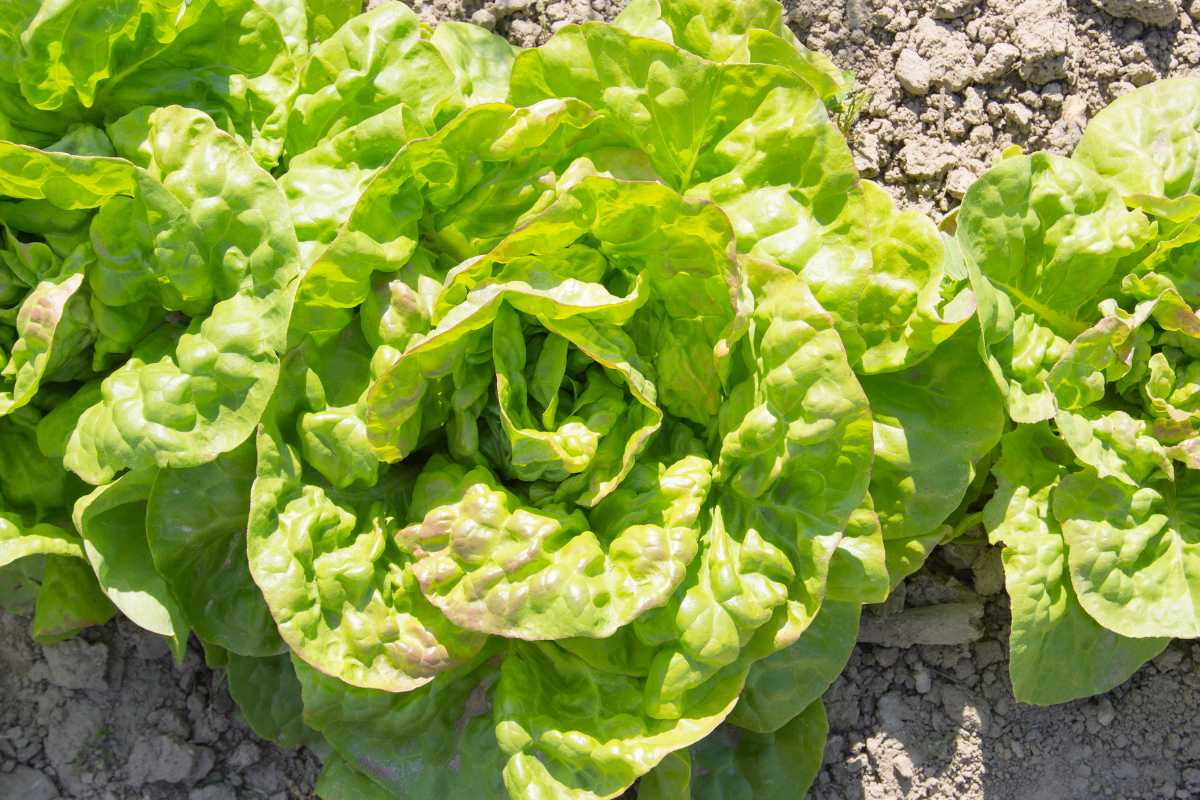
Lettuce is a leafy green vegetable that comes in a bunch of leaves attached to a stalk. Each leaf has a blade and a petiole. The petioles are the stems that connect the leaves together. The lettuce plant will grow many flowers containing seeds. These seeds are attached to white fuzz, similar to dandelions, and can get blown away by the wind.
9. Muskmelons
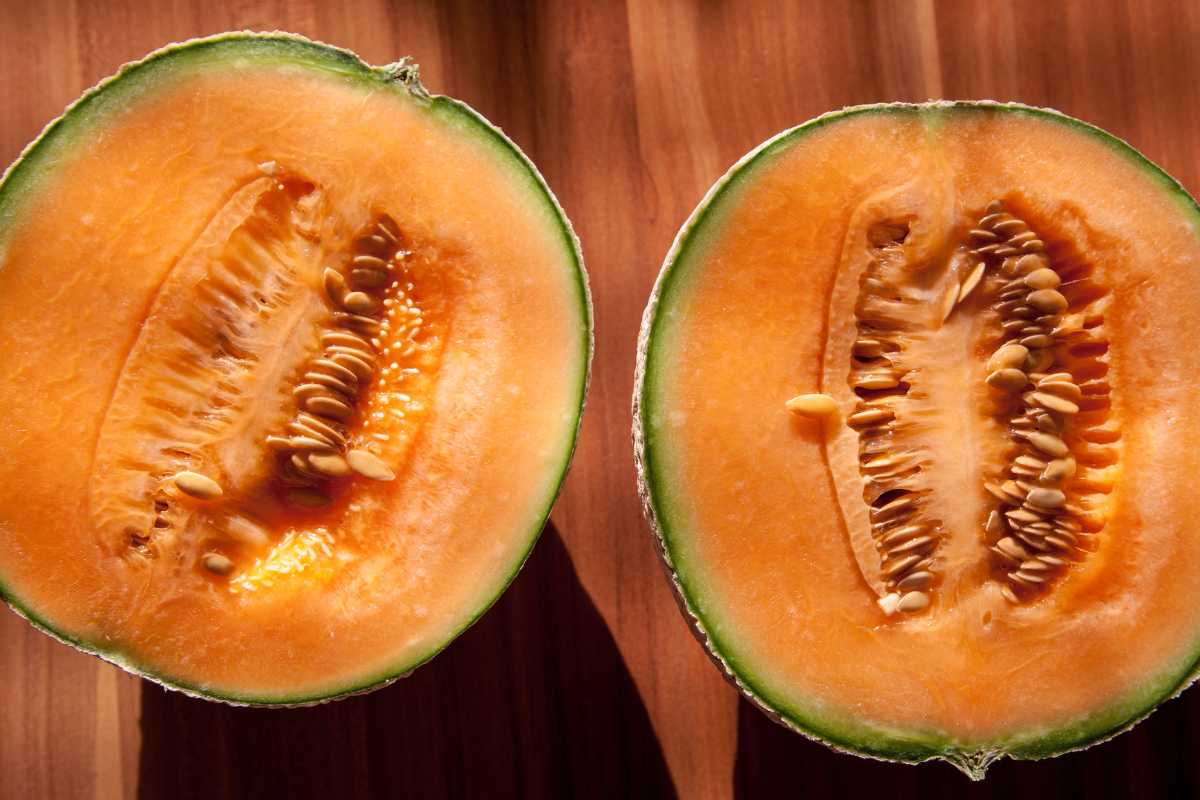
Muskmelons are a type of squash that are orange and tan in color and have a bumpy texture. They look very similar to cantaloupes and are also sweet. Inside muskmelon are seeds, like other squash seeds, these seeds are edible.
10. Okra
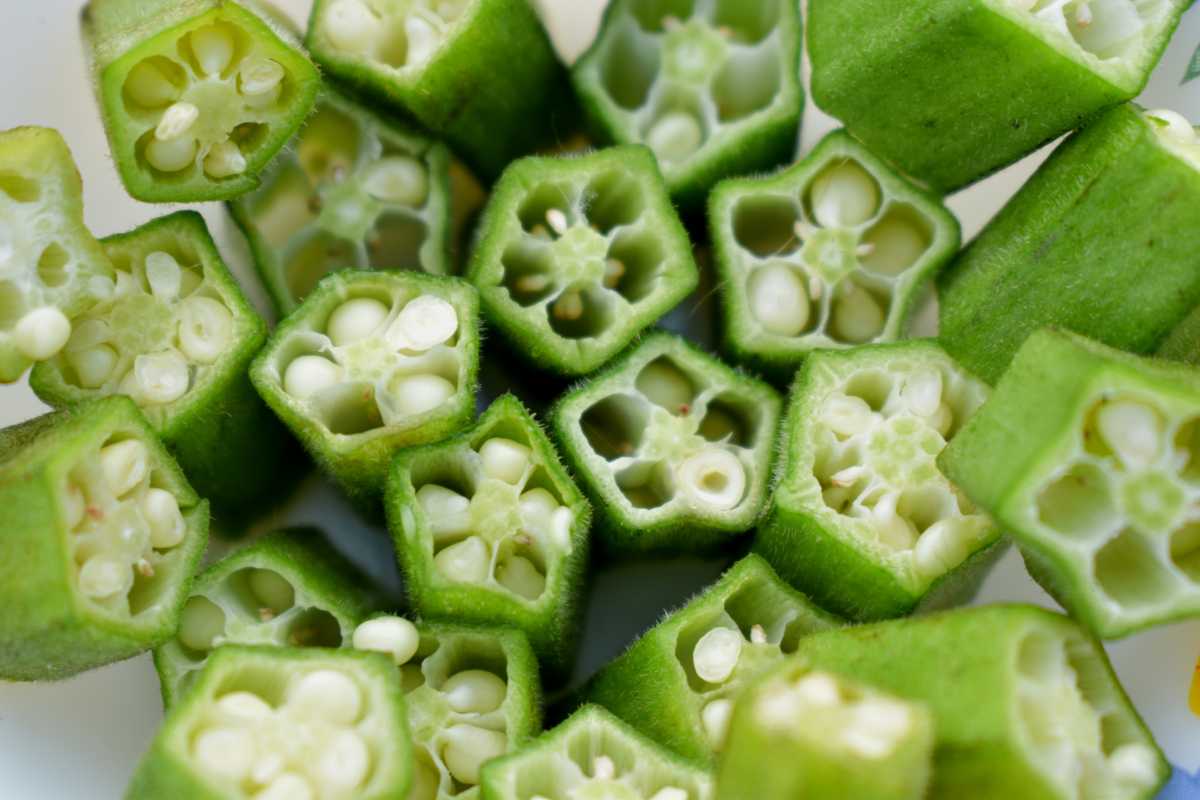
Okra is a kind of plant that natively grows in tropical climates. It has long narrow pods that contain seeds. These seeds are edible, but they should be removed before eating okra if you typically have gastrointestinal problems, because they can cause stomach problems.
11. Peas
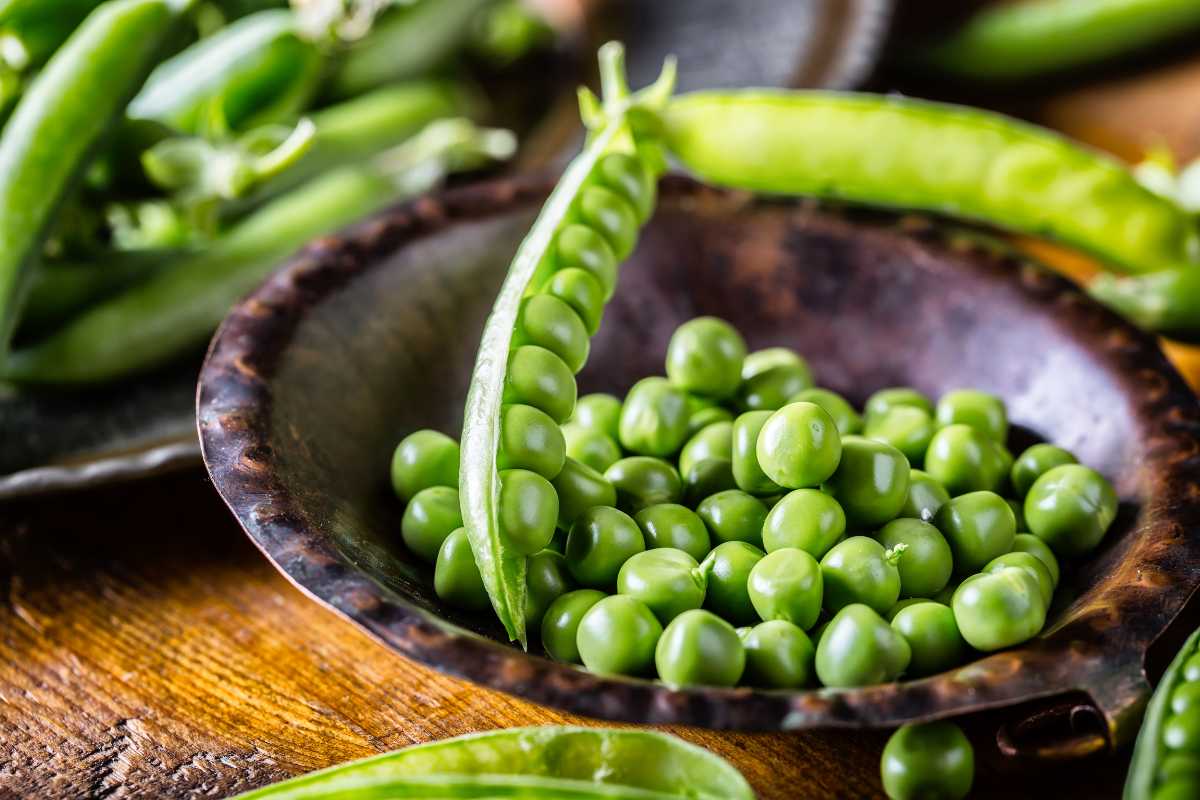
Peas are a legume that belongs to the pea family. They grow in pods that contain seeds. The peas are green when young, and then turn yellow as they mature. Inside the pod there’s a seed that is edible. You don’t need to remove it.
12. Peppers
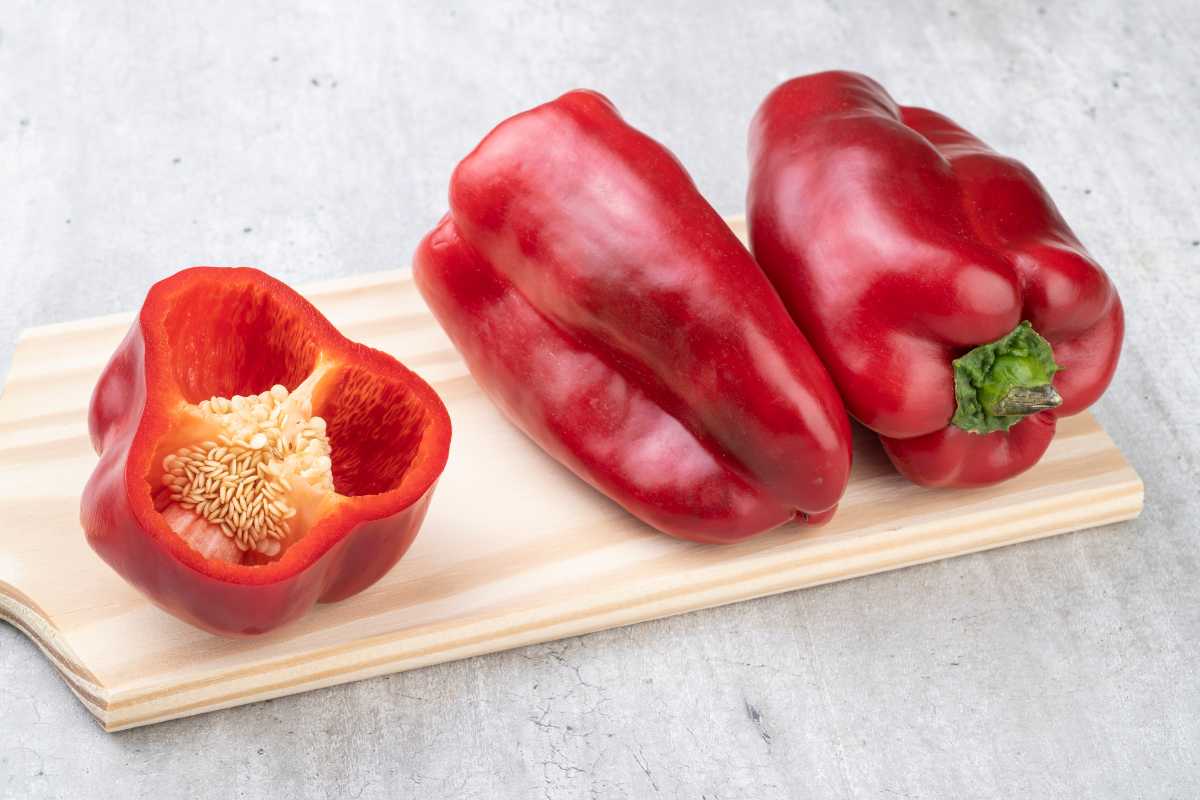
Peppers are part of the capsicum genus and they all contain seeds. They are botanically a fruit, but by culinary definition, they are also a vegetable. Capsicums are related to bell peppers, chillies, and jalapenos.
They all share some common traits. All peppers contain oils that give them their heat. Some peppers are milder than others. When choosing which pepper to eat, pick one with a smooth surface. Avoid wrinkled peppers. They tend to be hotter.
13. Pumpkins
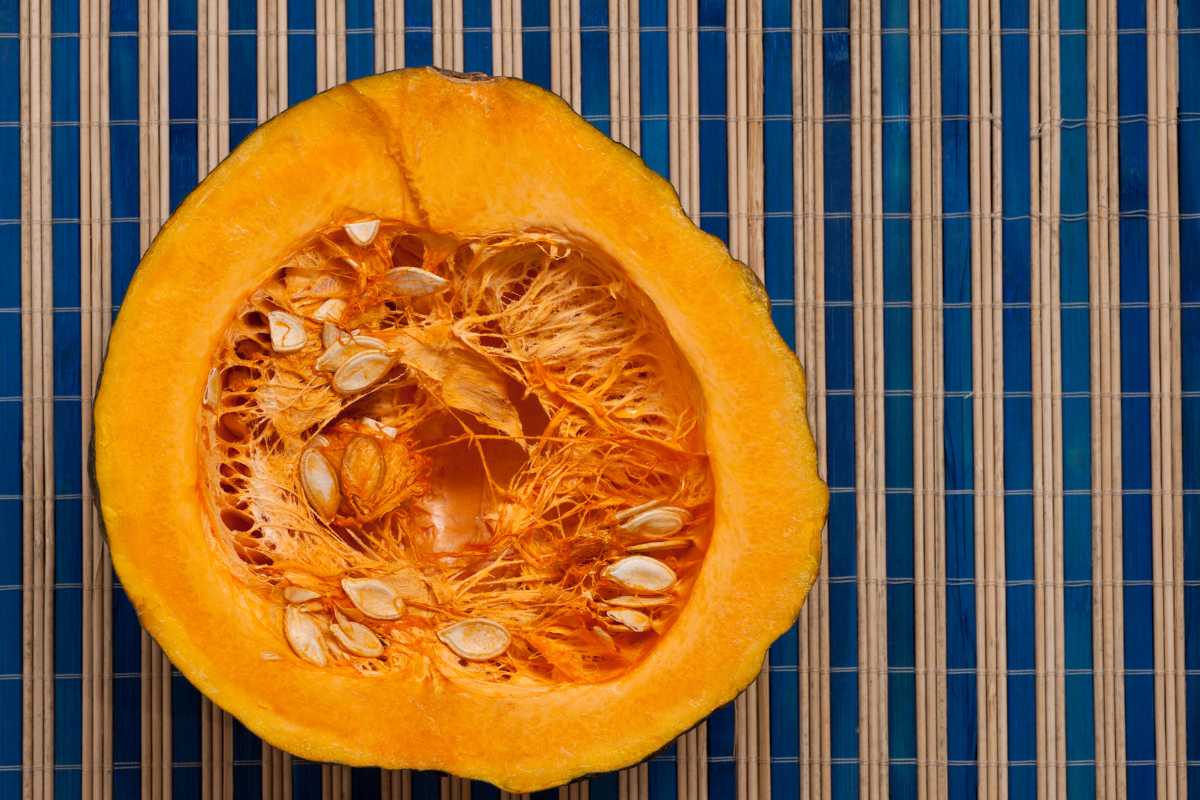
Pumpkins are a type of winter squash that belong to the pumpkin genus. They are round and orange in color. Inside the pumpkin there’s a seed called pulp. This seed is edible and nutritious.
Pumpkin pies are a favorite Thanksgiving food. If you’re making your own pumpkin pie, you’ll need to remove the seeds from the pulp. Otherwise, the seeds will end up mixed into the filling.
14. Tomatoes
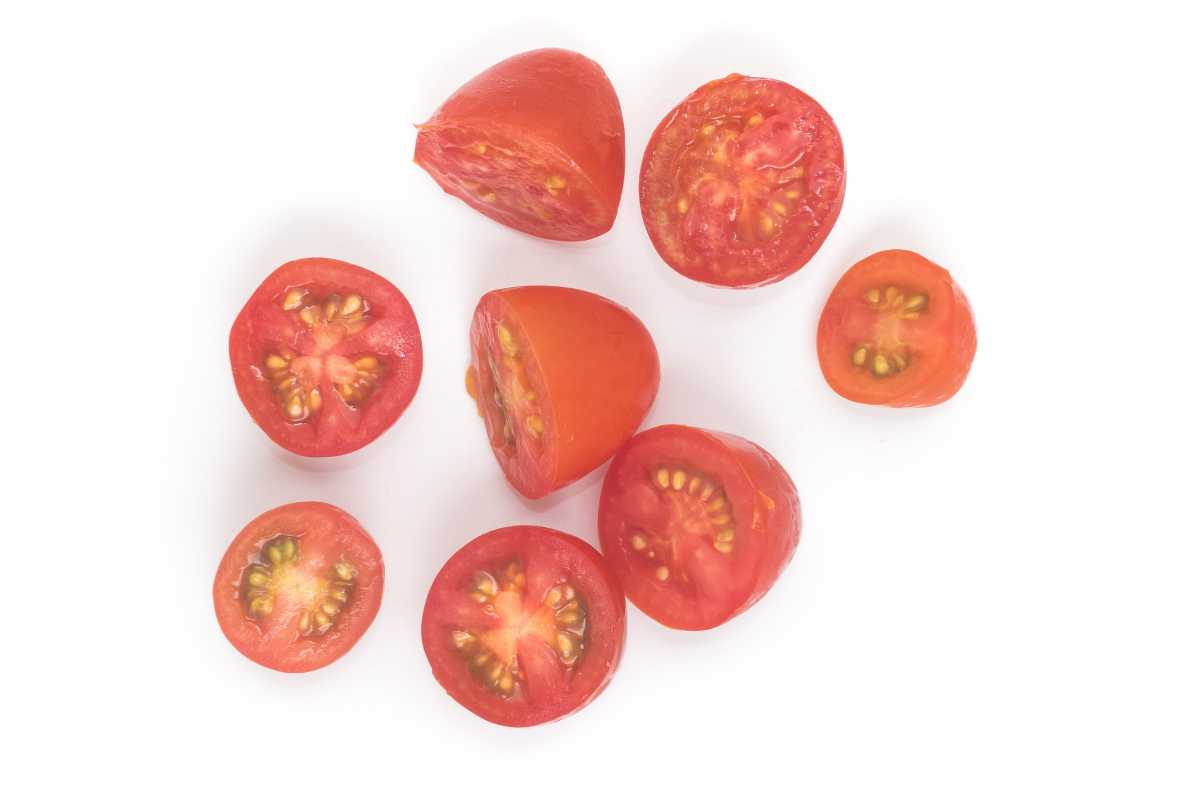
Tomatoes are both fruit and vegetable depending on the definition you use. They’re fruits because they contain seeds and vegetables because of their savory taste. Tomatoes belong to the nightshade family and they are grown for their flavorful red flesh. Tomato seeds develop in a mucilaginious gel which has germination inhibitors.
Learn How to Save Tomato Seeds to Grow.
Do Vegetables Have Seeds? Final Thoughts
Most plants have seeds. It’s just a matter of whether or not the plants have the time to mature and bloom, giving them the chance for pollination. Even though we usually think about seeds as being bad, they actually provide us with nutrition.
Learn more about fruits, vegetables, and seeds:
Seeded Vegetables FAQs
Why do vegetables not have seeds?
Most vegetables don’t have seeds because they’re not from the flowering part of plants that grow seeds. Vegetables are usually from the stems, roots, and leaves. But some fruits are also considered vegetables because of their culinary uses and their savory taste.
Is any vegetable with seeds a fruit?
Yes, botanists will say that any vegetable containing seeds is actually a fruit according to their definition. Tomatoes, peppers, cucumbers, and avocados are all fruits in their eyes, no matter how many people call them vegetables.
Which vegetables have no seeds?
Vegetables that contain no seeds include potatoes and turnips. Potatoes are tubers that grow underground and turnips are root vegetables that grow under the ground. Both of these vegetables are members of the potato family.
Does broccoli have a seed?
Broccoli actually does have seeds, but you don’t usually see them because broccoli is harvested before the broccoli plant fully matures. If you allow the broccoli plant to mature, there’s time for blooms and the potential for them to be pollinated. Once pollinated, that can lead to the production of seeds.

